 The past comes alive in vintage pop culture mag. 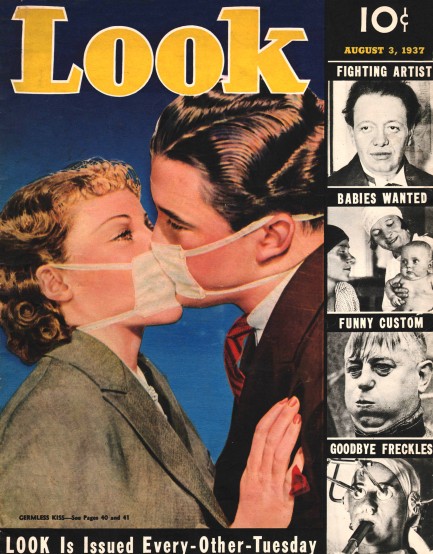
You have to admit—Pulp Intl. is one of the great time burning websites around. We're going to incinerate yet more of it today. Above is a cover from Look magazine, a chief competitor of the iconic Life. At the time this August 1937 issue appeared Look was headquartered far from the publishing hotbeds on the coasts, choosing to set up shop in Des Moines, Iowa. The editors claim 1.25 million in newsstands sales every issue. We don't know if that's true, but it was a high quality magazine, and this is a high quality example.
Inside you get Benito Mussolini, a ranking of Hollywood box office earning power, a special murder mystery for readers to solve, several pages of Gary Cooper, and a small photo feature on a German town that baptized every visitor, which is an interesting historical curiosity considering that in a devoutly religious country Hitler was successfully fanning the flames of hate against Jews. But “others” never seem to be included in any religion's definition of people deserving good treatment.
Elsewhere inside you get Mexican painter Diego Rivera with Frida Kahlo. Kahlo is referred to by Look editors merely as Rivera's third wife, “seeing to it that he is fed every few hours.” That may have been true, but today she's known throughout the world, recognized as an artist in her own right, which is a reminder that re-examining the past with an emphasis on those who were overlooked—a process some call “revisionism”—is a useful tool for getting things right. Numerous scans below.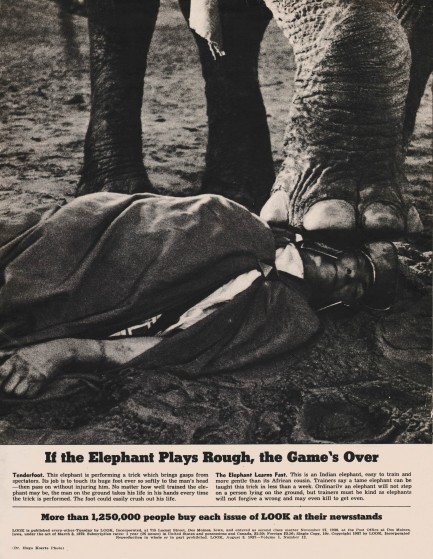 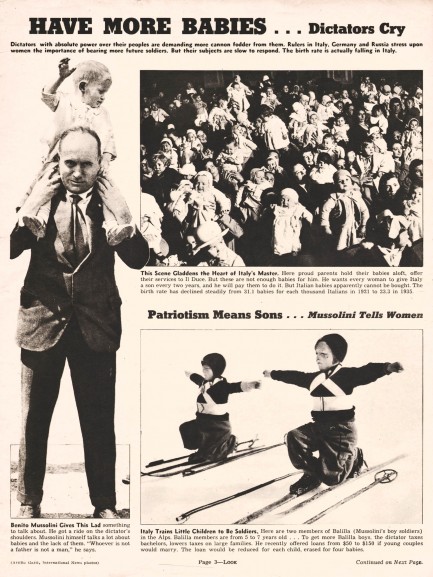  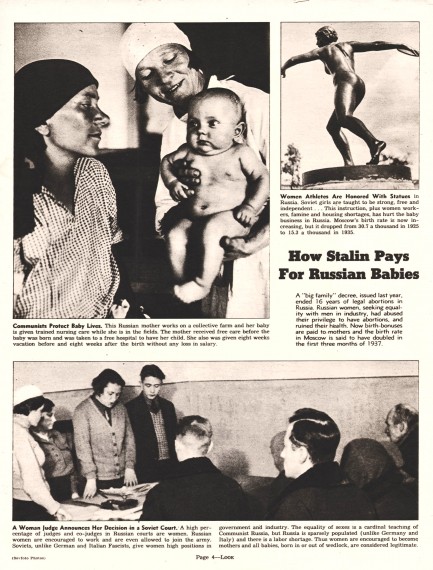 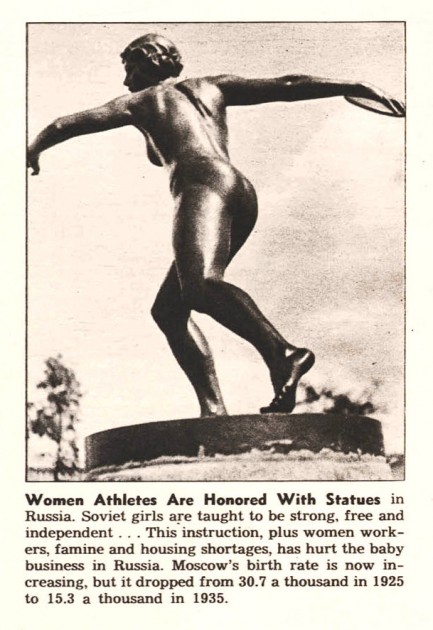 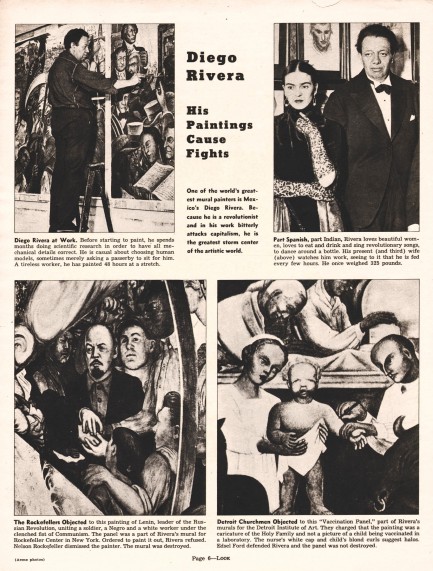   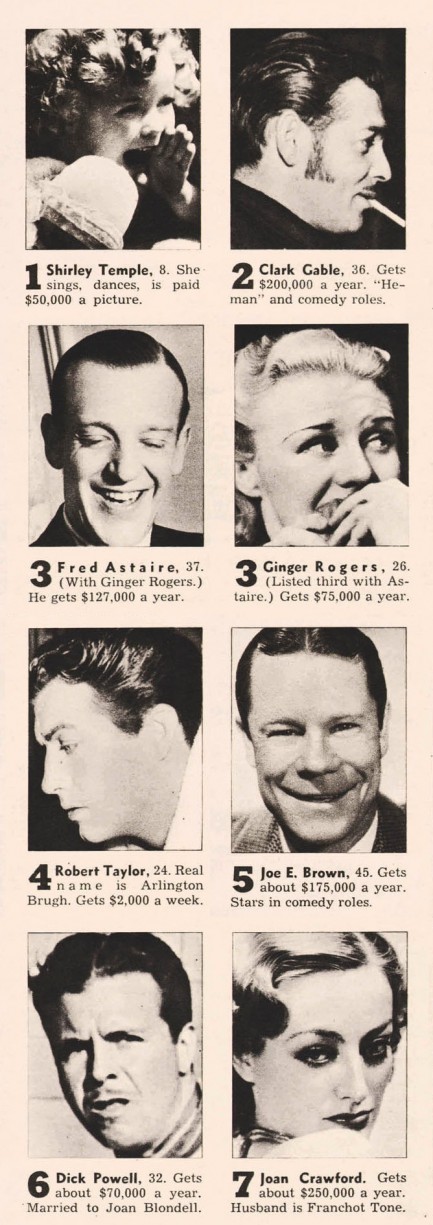 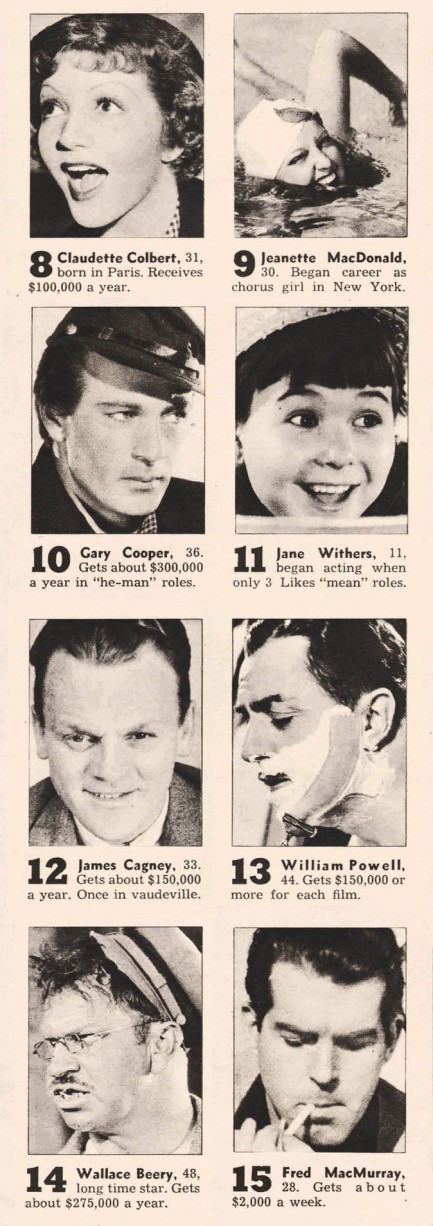 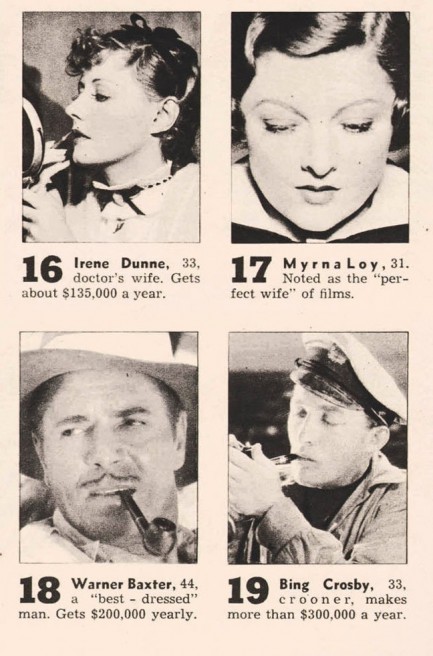 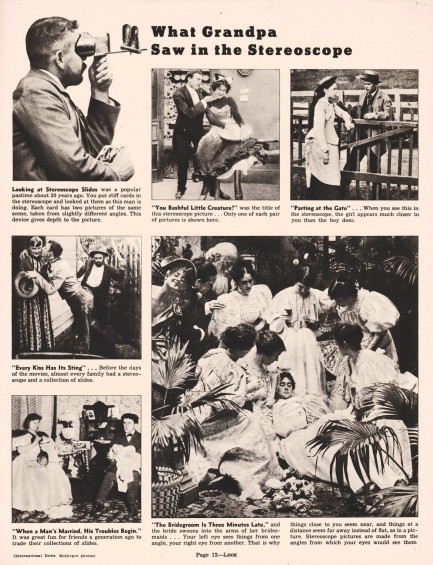 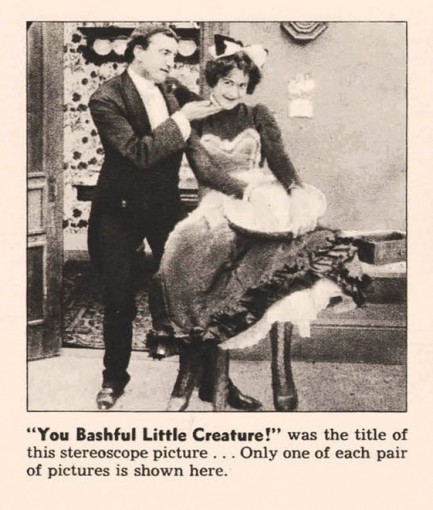 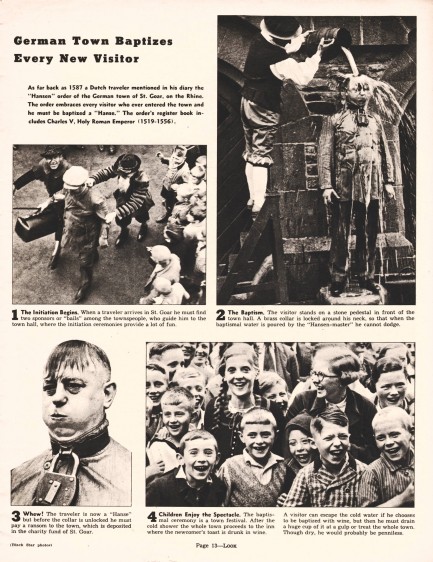 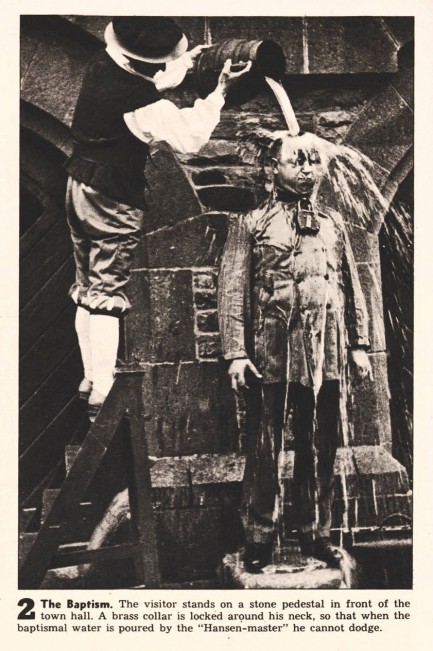 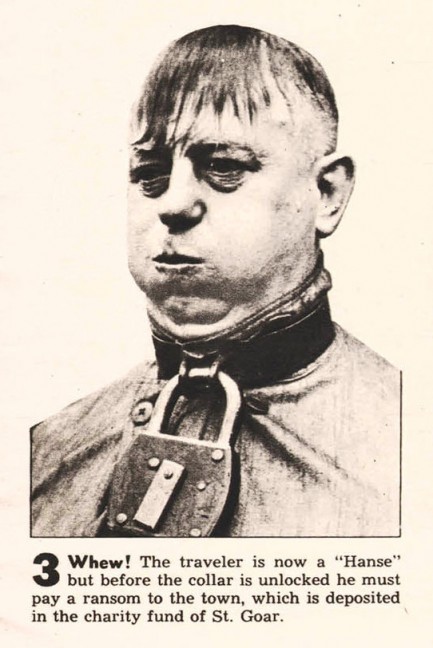 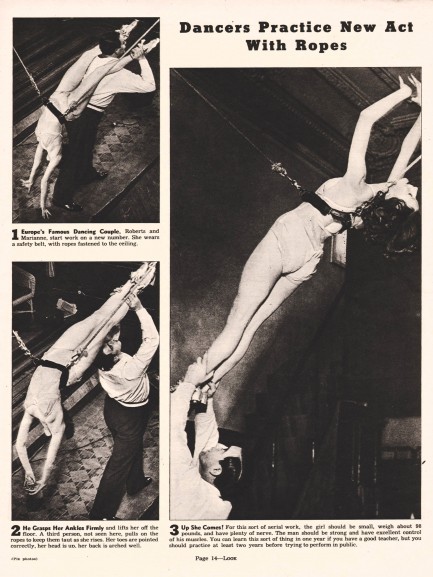  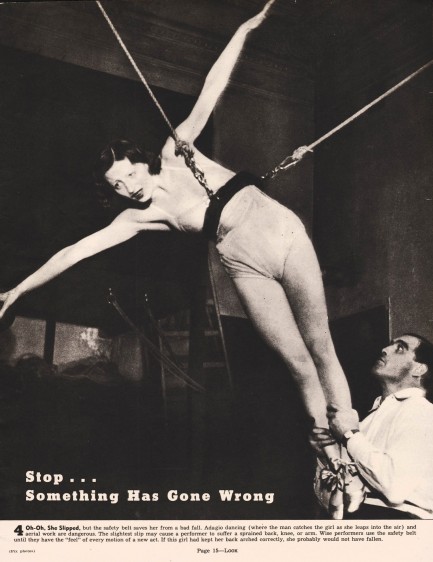  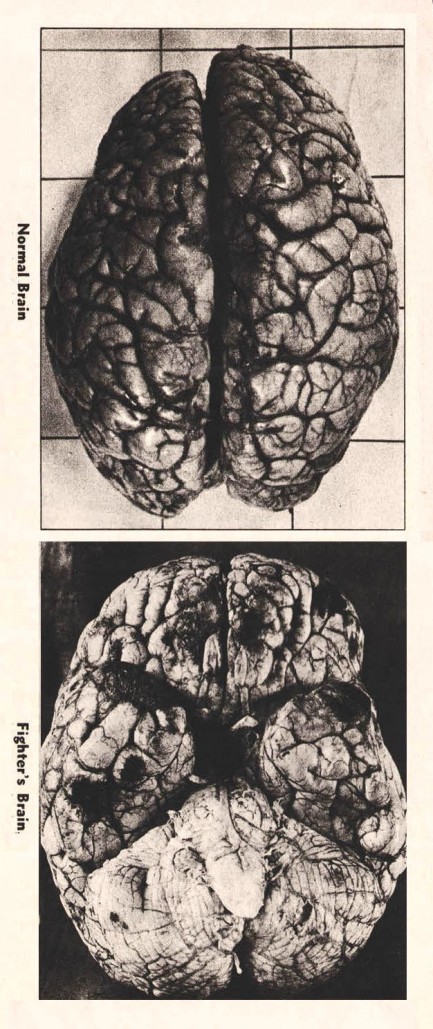 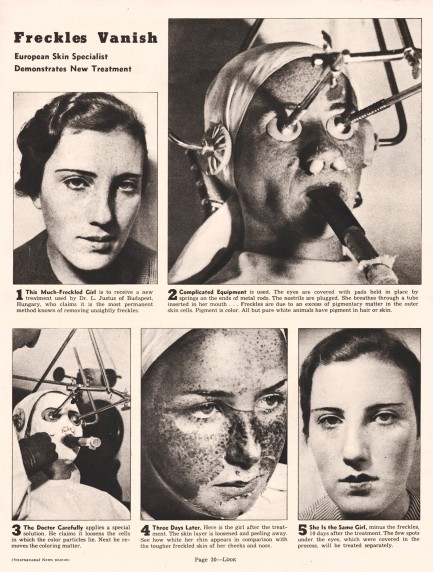 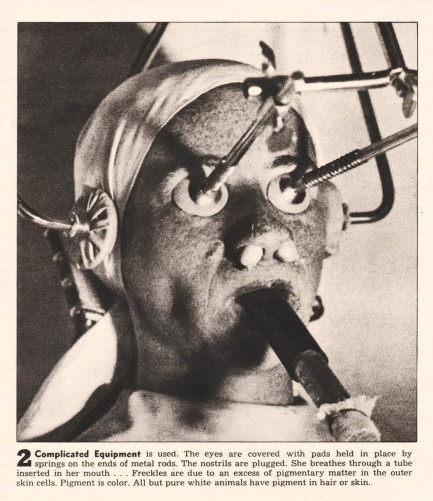 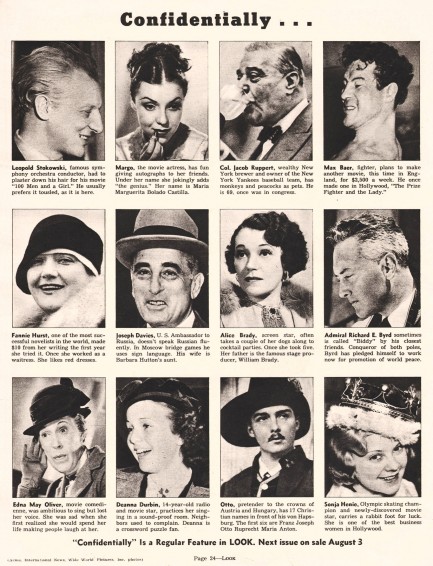 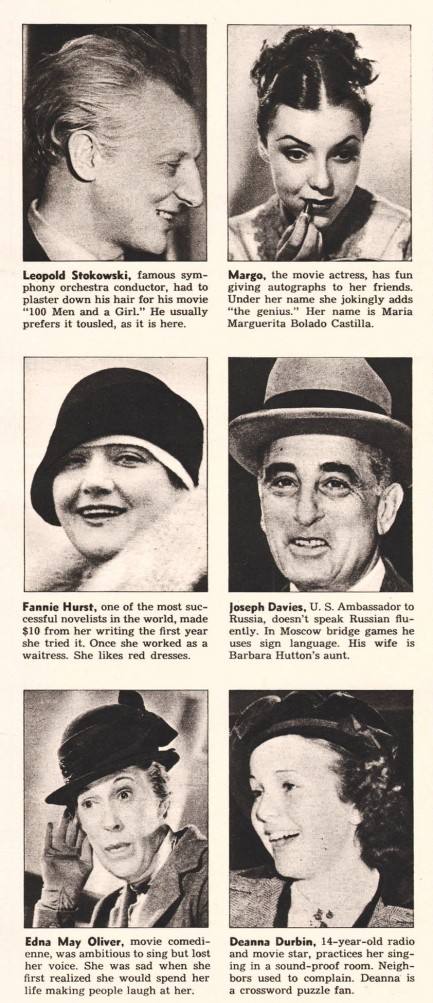 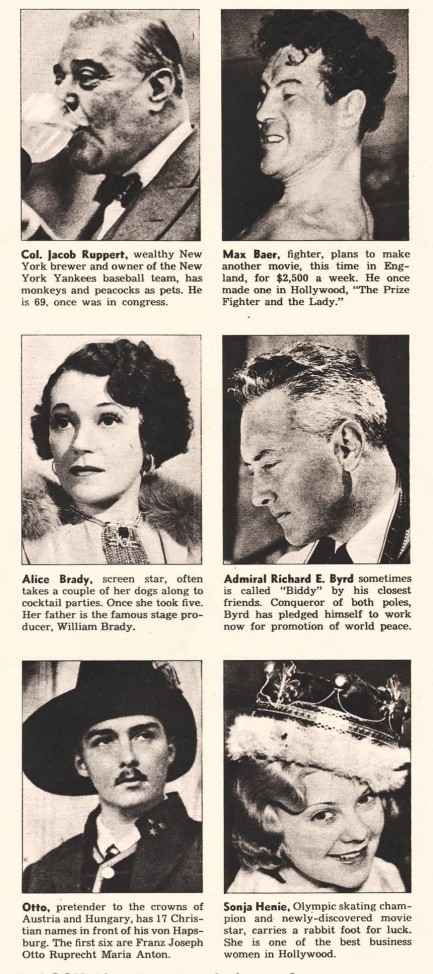  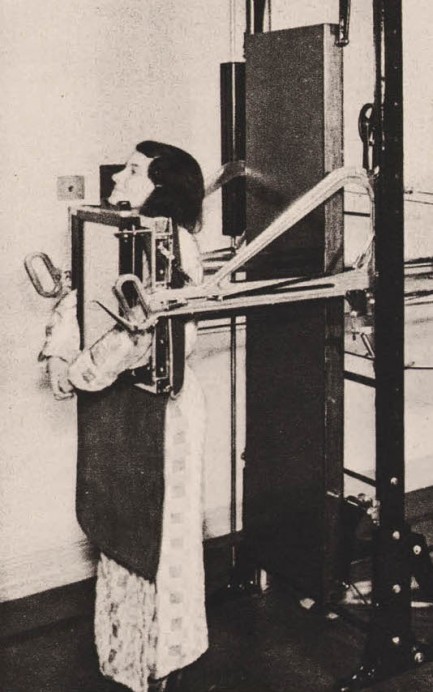 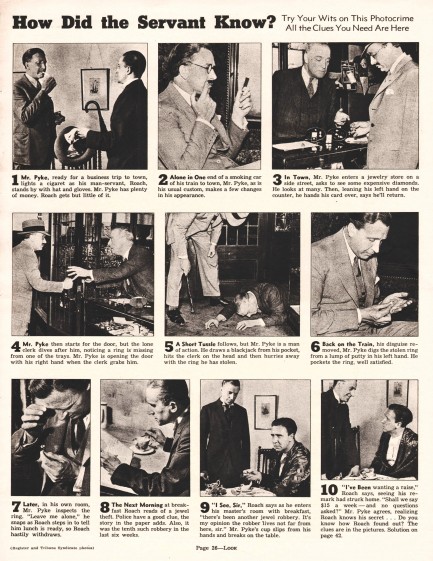    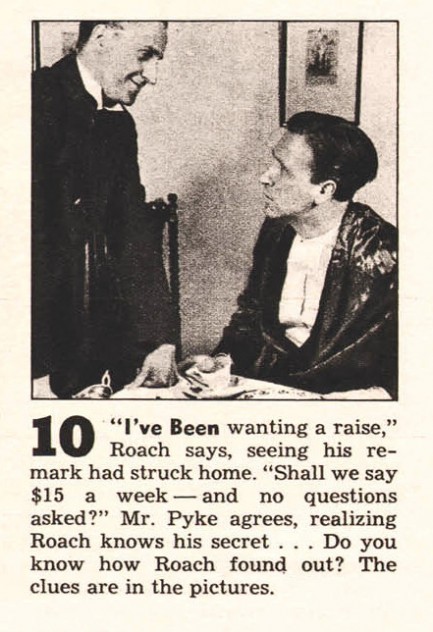 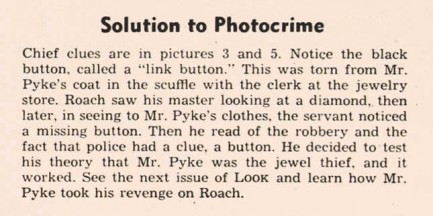 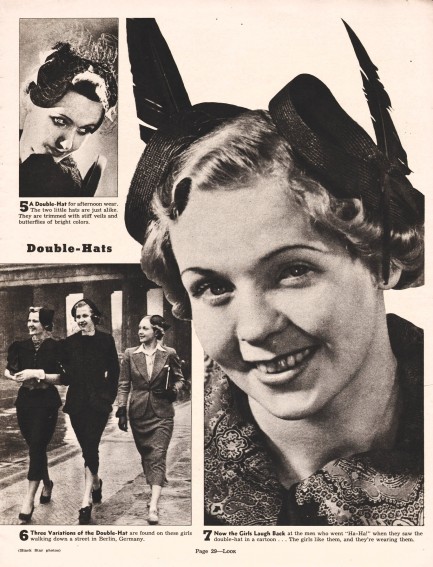 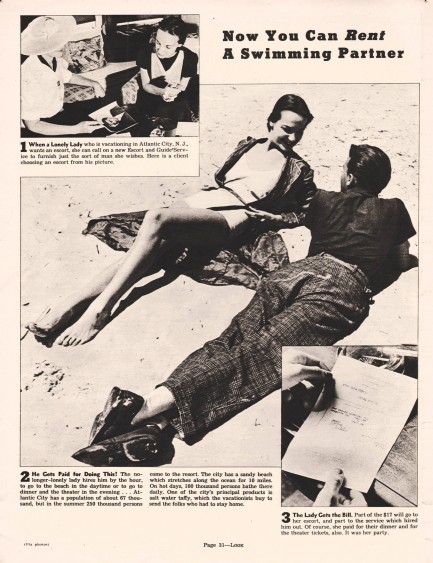 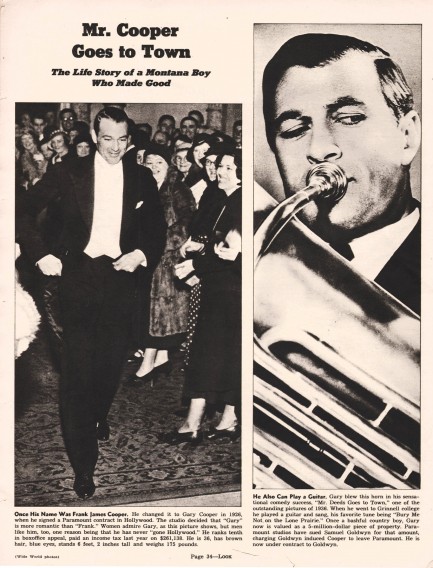 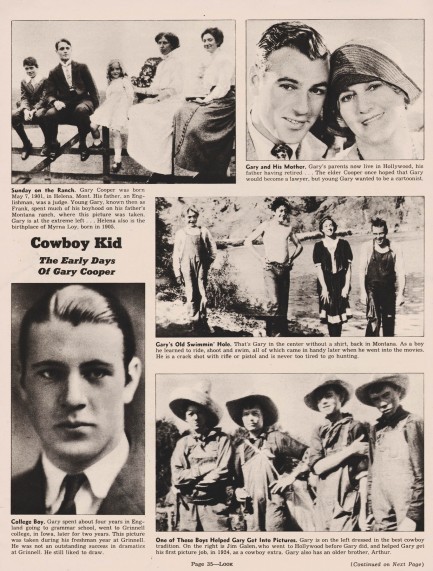 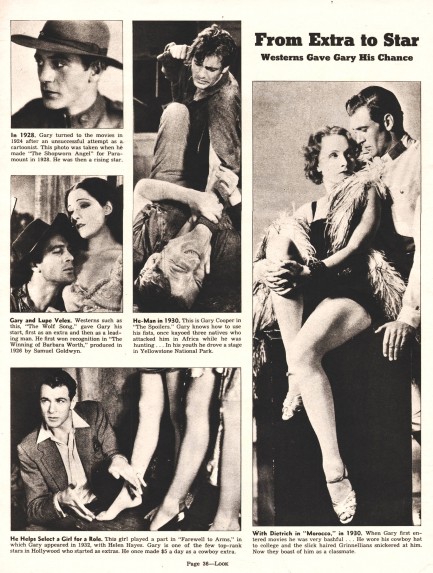 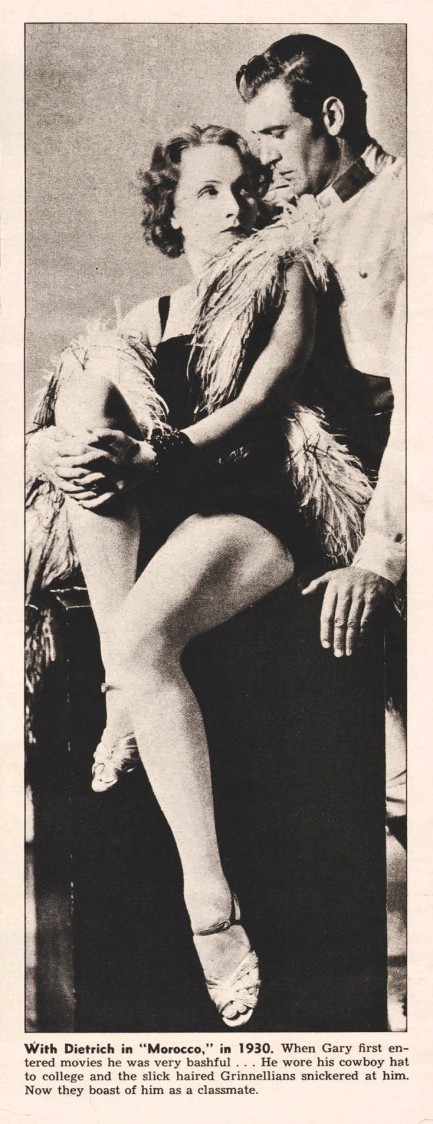 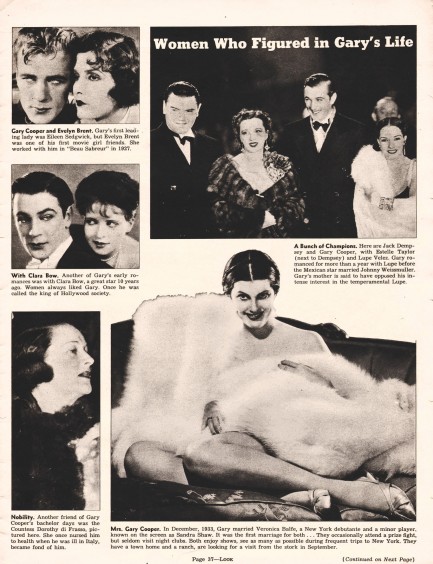 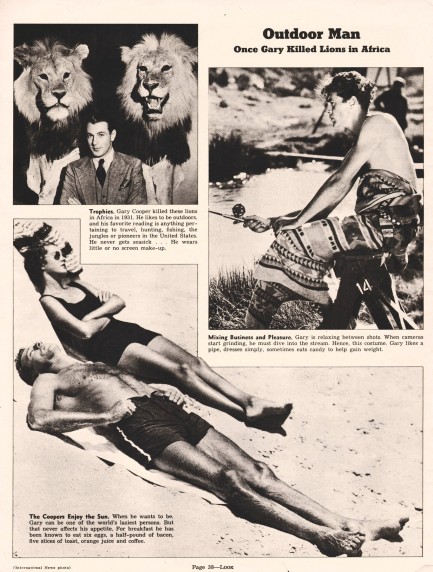 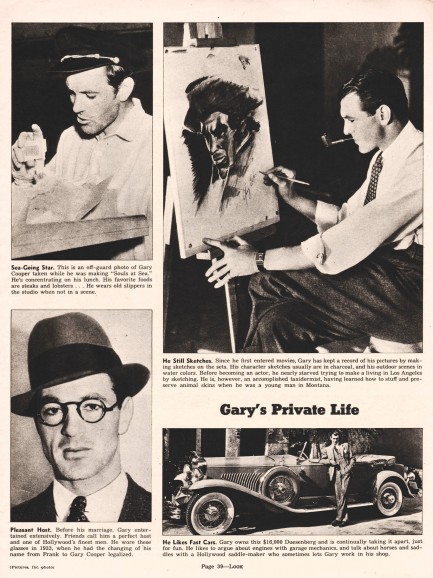  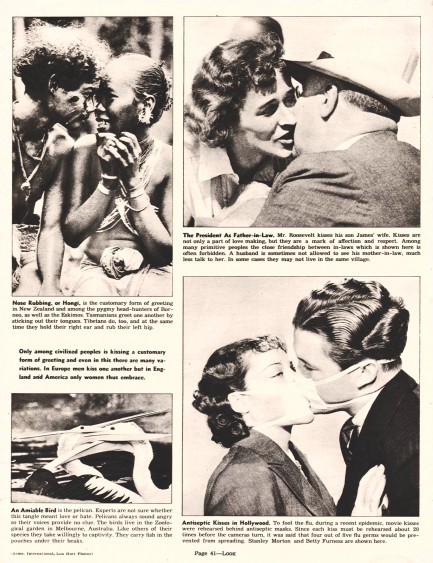 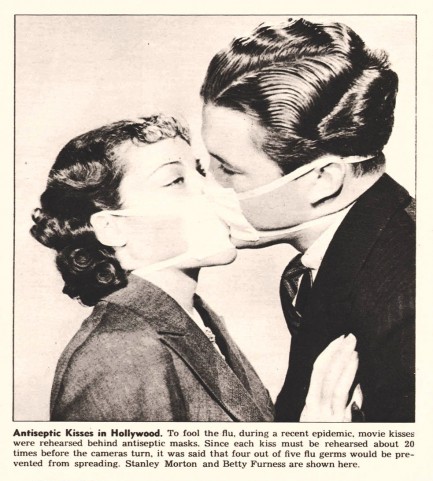 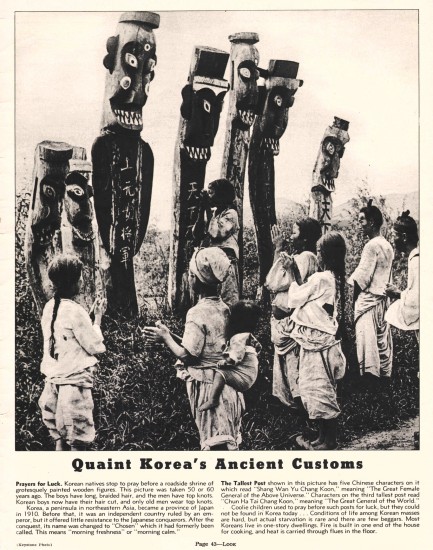 
 Mussolini’s watergoing love nest pops up in criminal proceeding. 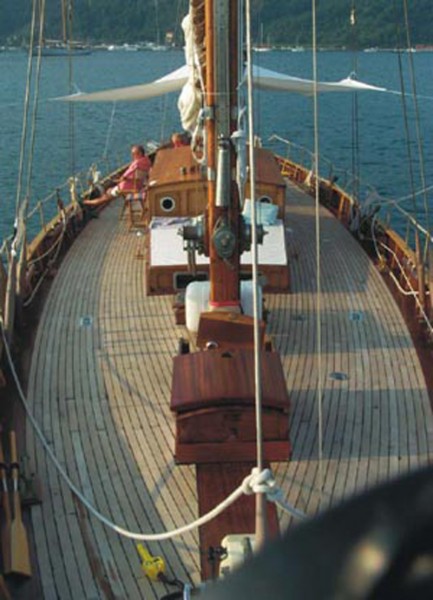
You’ve won a colonial war of choice by shattering a non-violent Ethiopia as world powers such as Britain and France stood by and watched. You’ve rammed through privatizations, laws favoring the wealthy, and made unions virtually illegal. And you’ve got an ultra-nationalist, militarized police force to help you crush social unrest. What does a satisfied dictator do to unwind? Clearly, he takes his yacht out for a spin on the Tyrrhenian Sea. Italian strongman Benito Mussolini used that yacht—the Fiamma Nera or “Black Fire”—for aquatic romps with his hot mistress Clara Petacci, but scuttled the boat in 1943 after Italy’s World War II fortunes turned for the worse. The boat was raised and had several owners over the decades, but is in the news today because it was part of €28 million worth of assets seized from alleged organized crime figure Salvatore Squillante. Squillante was thought to be just another high flying one-percenter until his dealings with a Rome-based mafia network run by neo-fascists emerged as part of a legal investigation. He already had been 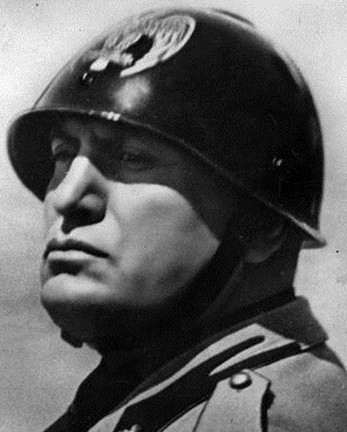 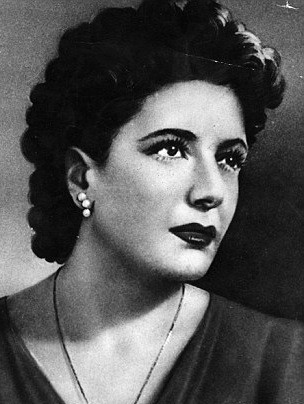 convicted of filing a fraudulent bankruptcy in 1993, and the new information suggests he may be tied to systematic corruption in Rome involving politicians and businessmen who teamed with mobsters to scrape profits off the top of public contracts. Squillante is also connected via property dealings to convicted murderer Salvatore Buzzi, who as part of the aforementioned investigation was caught on tape telling criminal associates that schemes taking advantage of desperate Middle Eastern and African migrants were more profitable than the drug trade. The implications of that statement are truly frightening considering the drug trade is so profitable that some of the biggest banks in the world are connected to it. convicted of filing a fraudulent bankruptcy in 1993, and the new information suggests he may be tied to systematic corruption in Rome involving politicians and businessmen who teamed with mobsters to scrape profits off the top of public contracts. Squillante is also connected via property dealings to convicted murderer Salvatore Buzzi, who as part of the aforementioned investigation was caught on tape telling criminal associates that schemes taking advantage of desperate Middle Eastern and African migrants were more profitable than the drug trade. The implications of that statement are truly frightening considering the drug trade is so profitable that some of the biggest banks in the world are connected to it. But as interesting as Squillante and Buzzi are (who, by the way, have a long way to go before they hold a candle to slippery Silvio Berlusconi, whose antics we detailed here, here, and here), it’s the bit about Mussolini’s love boat that’s most fascinating. We suspect it was totemic for its various owners, who all certainly knew Il Duce was a sex maniac who trysted with hundreds or thousands of women—at sea and land—during his time in power. Fiamma Nera is destined to increase even more in value now that people outside Italy are aware of its existence. Will we be subjected to the spectacle of some hedge fund manager buying it for a fortune? Some software princeling or fat oligarch? After all, it's been bought numerous times before. But by virtue of its seizure it's now owned by the state for perhaps the first time, which means there's an alternative to selling it—make it a floating monument dedicated to the crimes and hubris of Il Duce and the evil of fascism. Or destroy the thing completely and eternally. to selling it—make it a floating monument dedicated to the crimes and hubris of Il Duce and the evil of fascism. Or destroy the thing completely and eternally.
 Mercocomic re-imagines one of the darkest periods in American history. 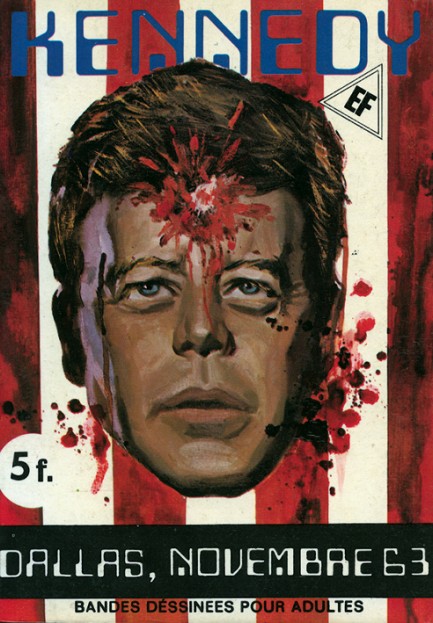 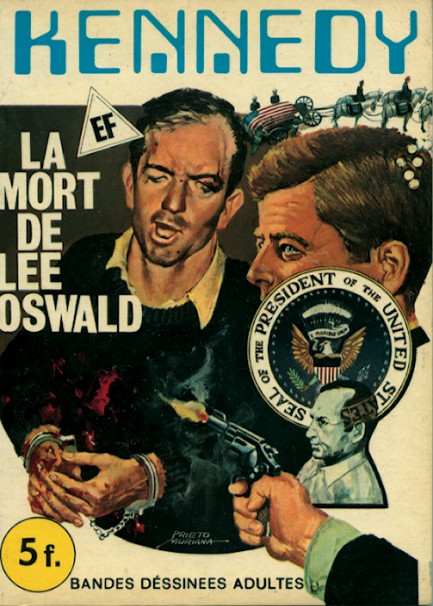 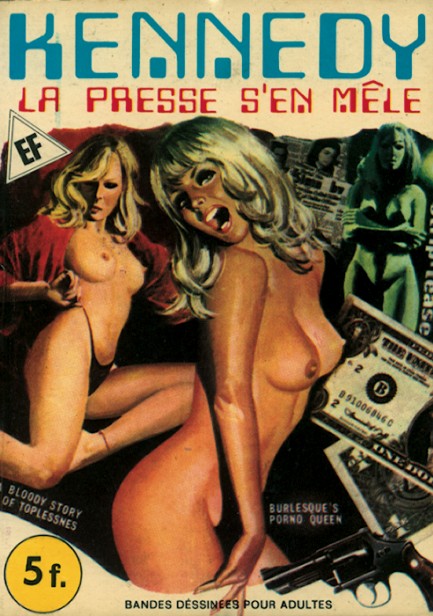 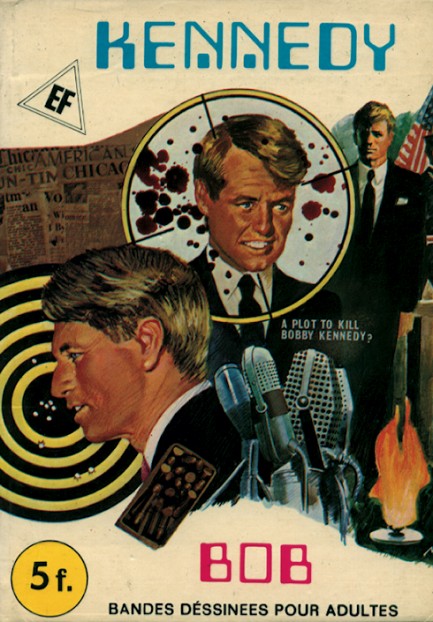  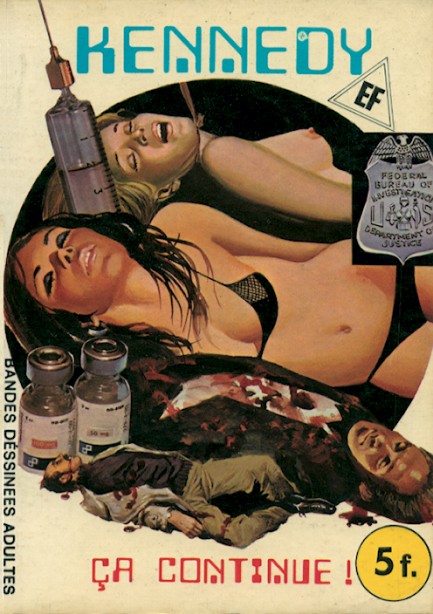
A long while back we shared a Spanish cover of the Mercocomic publication Kennedy and mentioned that a series of six appeared in 1977. The same comics were also published in French, so today, inappropriately, we’re sharing those six covers from France with their excellent if unsettling art by Prieto Muriana. Mercocomic published serials of other well known figures, among them Che, Hitler, Mussolini, Don Juan Tenorio Garcia, and Quijote 78. None are strictly factual accounts, but rather re-imaginings of the circumstances and motivations that drove important historical episodes. Kennedy, as you can probably guess from JFK’s exit on cover one and Lee Harvey Oswald’s dispatching on cover two, deals with events leading all the way up to RFK’s assassination, with the proceedings generously sprinkled with the sex, drugs, betrayal, and hyperviolence you’d expect in an adult comic. Years ago when we first ran across Kennedy you could download all six. Not anymore. But they’re still available for purchase online at reasonable prices and then friends can question your taste for buying them. Luckily that isn’t a problem for us—most everything we own is tasteless.
 Winning is all about momentum. 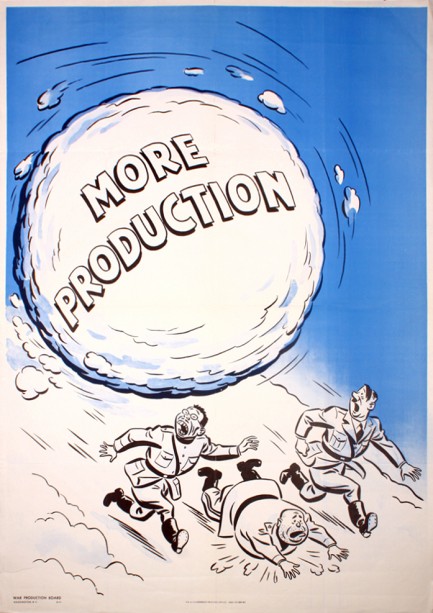
We’re interested in World War II propaganda posters, and this 1942 piece from the U.S. Office of War Information is a fine example. It depicts Hitler, Mussolini and Hirohito being chased down by a snowball representing runaway U.S. industrial production. Every country involved in the war produced propaganda, some more effectively than others, and often it was racist in nature, as you see with the Hirohito image here. For an international collection check out our previous post on this subject here.
|
 |

The headlines that mattered yesteryear.
1945—Churchill Given the Sack
In spite of admiring Winston Churchill as a great wartime leader, Britons elect
Clement Attlee the nation's new prime minister in a sweeping victory for the Labour Party over the Conservatives. 1952—Evita Peron Dies
Eva Duarte de Peron, aka Evita, wife of the president of the Argentine Republic, dies from cancer at age 33. Evita had brought the working classes into a position of political power never witnessed before, but was hated by the nation's powerful military class. She is lain to rest in Milan, Italy in a secret grave under a nun's name, but is eventually returned to Argentina for reburial beside her husband in 1974. 1943—Mussolini Calls It Quits
Italian dictator Benito Mussolini steps down as head of the armed forces and the government. It soon becomes clear that Il Duce did not relinquish power voluntarily, but was forced to resign after former Fascist colleagues turned against him. He is later installed by Germany as leader of the Italian Social Republic in the north of the country, but is killed by partisans in 1945. 1915—Ship Capsizes on Lake Michigan
During an outing arranged by Western Electric Co. for its employees and their families, the passenger ship Eastland capsizes in Lake Michigan due to unequal weight distribution. 844 people die, including all the members of 22 different families. 1980—Peter Sellers Dies
British movie star Peter Sellers, whose roles in Dr. Strangelove, Being There and the Pink Panther films established him as the greatest comedic actor of his generation, dies of a heart attack at age fifty-four.
|

|
|

It's easy. We have an uploader that makes it a snap. Use it to submit your art, text, header, and subhead. Your post can be funny, serious, or anything in between, as long as it's vintage pulp. You'll get a byline and experience the fleeting pride of free authorship. We'll edit your post for typos, but the rest is up to you. Click here to give us your best shot.

|
|





















































 convicted of filing a fraudulent bankruptcy in 1993, and the new information suggests he may be tied to systematic corruption in Rome involving politicians and businessmen who teamed with mobsters to scrape profits off the top of public contracts. Squillante is also connected via property dealings to convicted murderer Salvatore Buzzi, who as part of the aforementioned investigation was caught on tape telling criminal associates that schemes taking advantage of desperate Middle Eastern and African migrants were more profitable than the drug trade. The implications of that statement are truly frightening considering the drug trade is so profitable that some of the biggest banks in the world are connected to it.
convicted of filing a fraudulent bankruptcy in 1993, and the new information suggests he may be tied to systematic corruption in Rome involving politicians and businessmen who teamed with mobsters to scrape profits off the top of public contracts. Squillante is also connected via property dealings to convicted murderer Salvatore Buzzi, who as part of the aforementioned investigation was caught on tape telling criminal associates that schemes taking advantage of desperate Middle Eastern and African migrants were more profitable than the drug trade. The implications of that statement are truly frightening considering the drug trade is so profitable that some of the biggest banks in the world are connected to it. to selling it—make it a floating monument dedicated to the crimes and hubris of Il Duce and the evil of fascism. Or destroy the thing completely and eternally.
to selling it—make it a floating monument dedicated to the crimes and hubris of Il Duce and the evil of fascism. Or destroy the thing completely and eternally.












































































